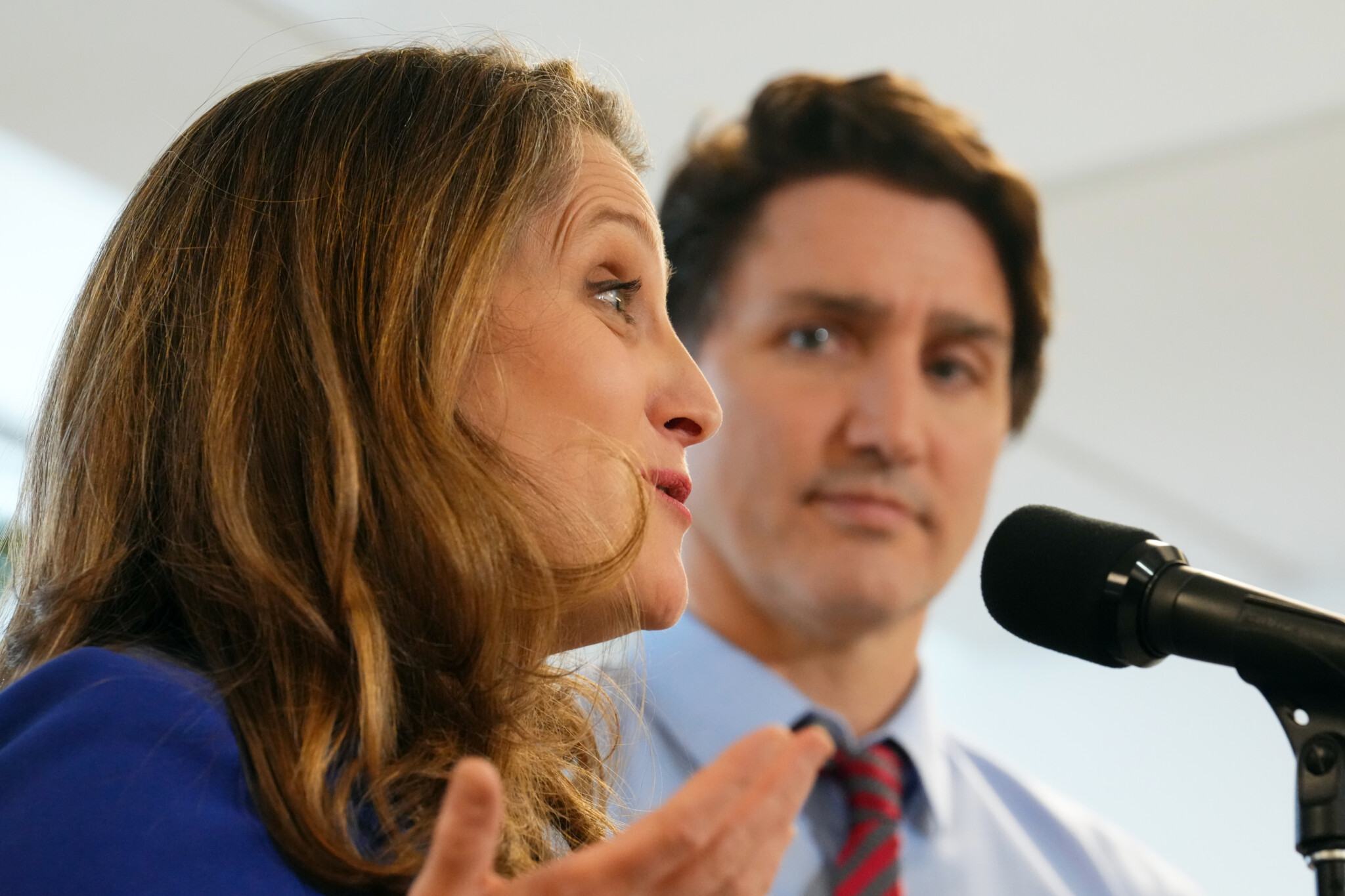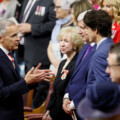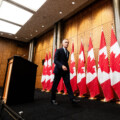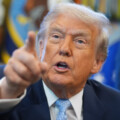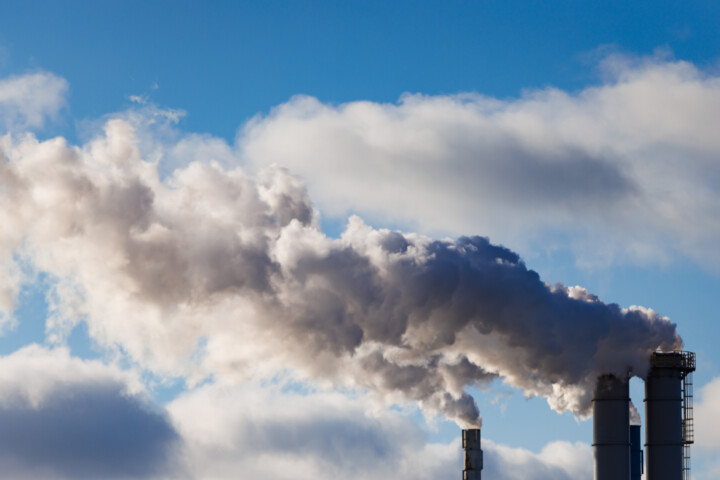When the obituary of the Trudeau government is ultimately written (and that date seems to be closing in), there will be various moments that one can identify as key dates that contributed to its downfall.
The biggest one is probably October 26, 2021, when Sean Fraser was appointed to the immigration portfolio where he subsequently went about breaking Canada’s immigration system and undoing a decades-long consensus in favour of high levels of immigration. His resignation from politics is marked by arguably the worst ministerial record in modern Canadian history.
But one can argue that the second most significant moment was nearly a year earlier on November 30, 2020, when finance minister Chrystia Freeland announced far before we knew how the economy would recover from the depths of the pandemic that the government would spend $100 billion over three years on fiscal stimulus.
It was an extraordinary commitment even in the moment. The notion that the government knew precisely if and how much stimulus was required to “jumpstart our recovery” while the economy was still mostly locked down was self-evidently false.
It was clearly a made-up number—more than $50 billion but less than $200 billion. It was a nice round figure. Easy to communicate. It sounded big. As I wrote in April 2021, the whole thing had a “Dr. Evil feel to it.”
Of course, it wasn’t obvious a $100 billion was needed or how it would be spent. But that missed the point. More deficit-financed spending was an end in itself. It was the sticker price that mattered. Freeland was effectively setting out a fiscal policy of vibes.
It was all well and good in a low-inflation and low-interest rate environment. But the government hadn’t suspended the laws of economics. Inflation started to rise in late 2021 and interest rates began to climb early the following year. Soon it was obvious that not only was Freeland’s free-spending stimulus inflationary, but it was growing more expensive as interest costs rose.
Yet that wasn’t even the biggest problem with the minister’s irresponsible promise. The real issue is that it undid any semblance of cost control or fiscal discipline within the Trudeau government. Instead, it created a permission structure for ministers, departments, and stakeholders to conceive of high-cost proposals in order to help Freeland fulfill her own costly commitment.
As I put it in the same April 2021 article:
We’re bound to get a hodge-podge of new, permanent discretionary spending such as a universal national childcare program, a pharmacare program, and various other long-standing Liberal priorities that won’t just lead to a spike in short-term deficits and debt accumulation but also have serious long-term fiscal implications.
If anything, I underestimated the scale of the problem. It wasn’t just about legacy Liberal ideas. Freeland’s pre-emptive promise to “build back better” opened the door to a much wider range of big-spending proposals. This is how for instance we ended up with tens of billions of dollars in EV battery subsidies which are already proving to be a bad “investment” for taxpayers.
Freeland’s 2020 speech contained allusions to “fiscal guardrails” and “fiscal anchors” but no one really believed them, including, as we’ve been reminded in recent days, the prime minister himself. It ought to have been self-evident at the time that the subsequent restraint was never going to come. The minister even warned about the risk of “providing too little support.”
The Trudeau government’s fiscal policy had up until that point been far looser than its predecessors’ but was still within the bounds of debatable policy choices. Freeland’s $100 billion commitment is when it crossed into something quite different. It’s when the typical trade-offs between taxing, spending, and borrowing were abandoned. Running up spending was all that mattered. Deficits were no longer something to be managed. They were a sign of the government’s commitment to the “green transformation” and racialized Canadians and women and Indigenous Peoples and on and on and on. This was, as I say, a vibe-stimulus.
The consequences of these choices are now plain to see. Ottawa’s fiscal position is a mess and still worsening. The economy is probably in recession. Freeland is out of a job. And it’s quite possible that the Trudeau government could collapse any day now.
Governing is about choices. And the Trudeau government has made a lot of bad ones. But few in hindsight were as consequential (and ultimately disastrous) as Freeland’s $100 billion stimulus.
